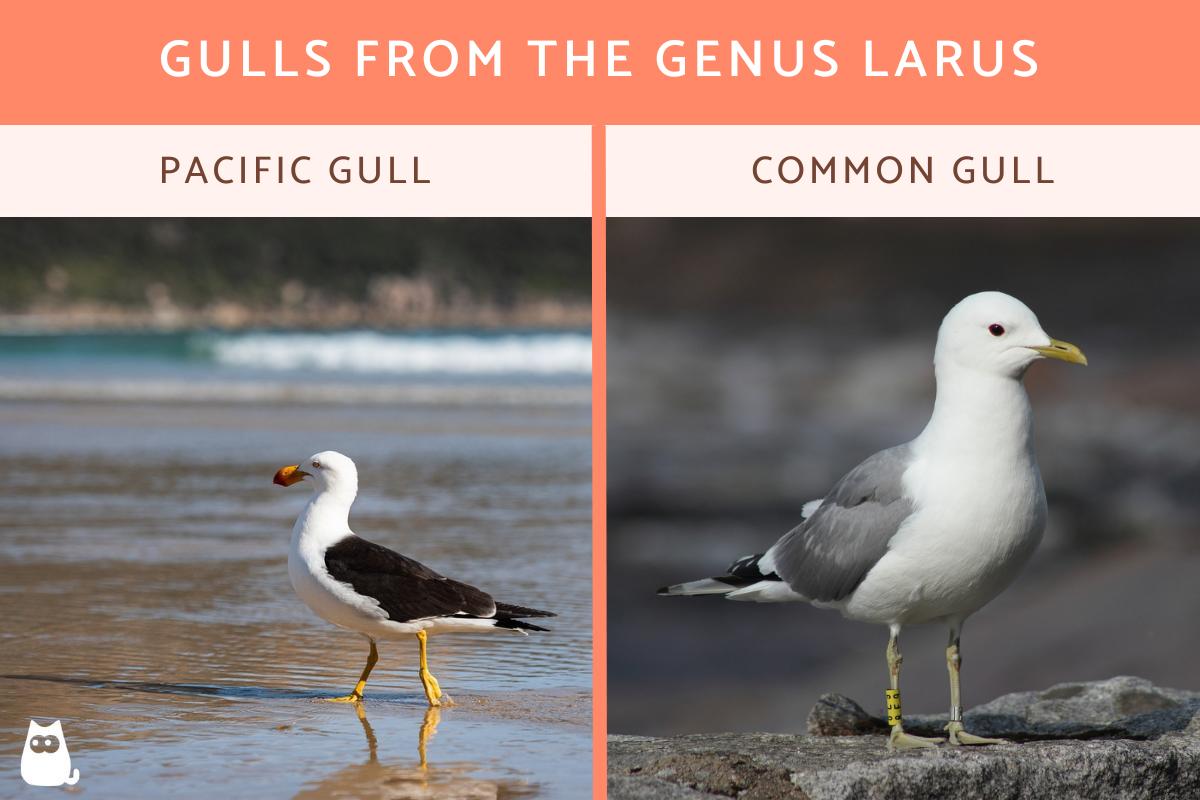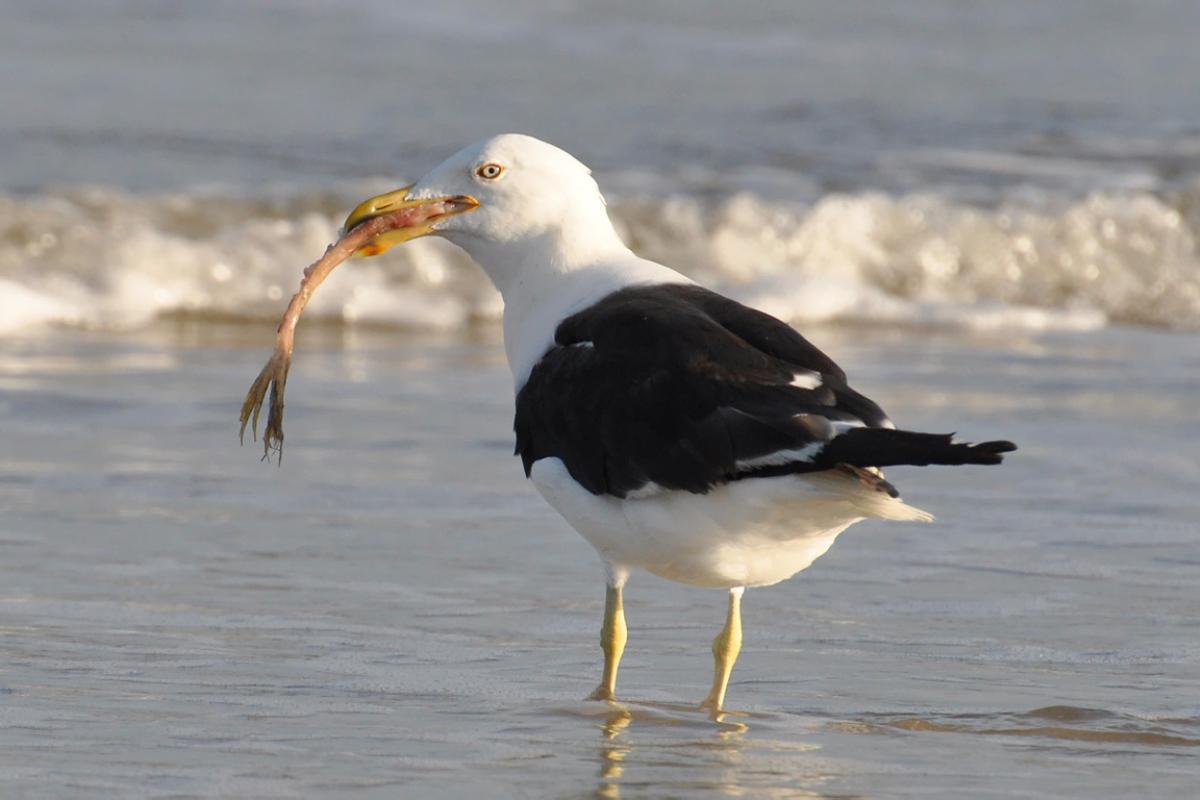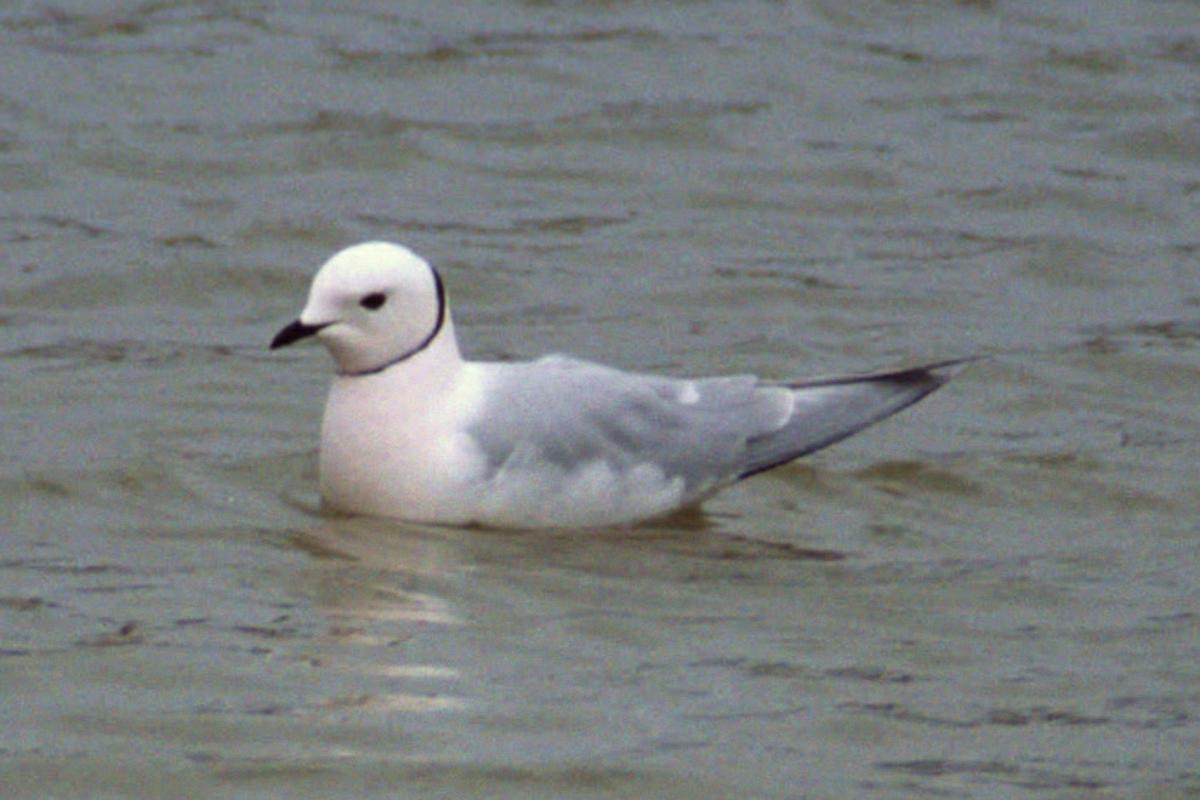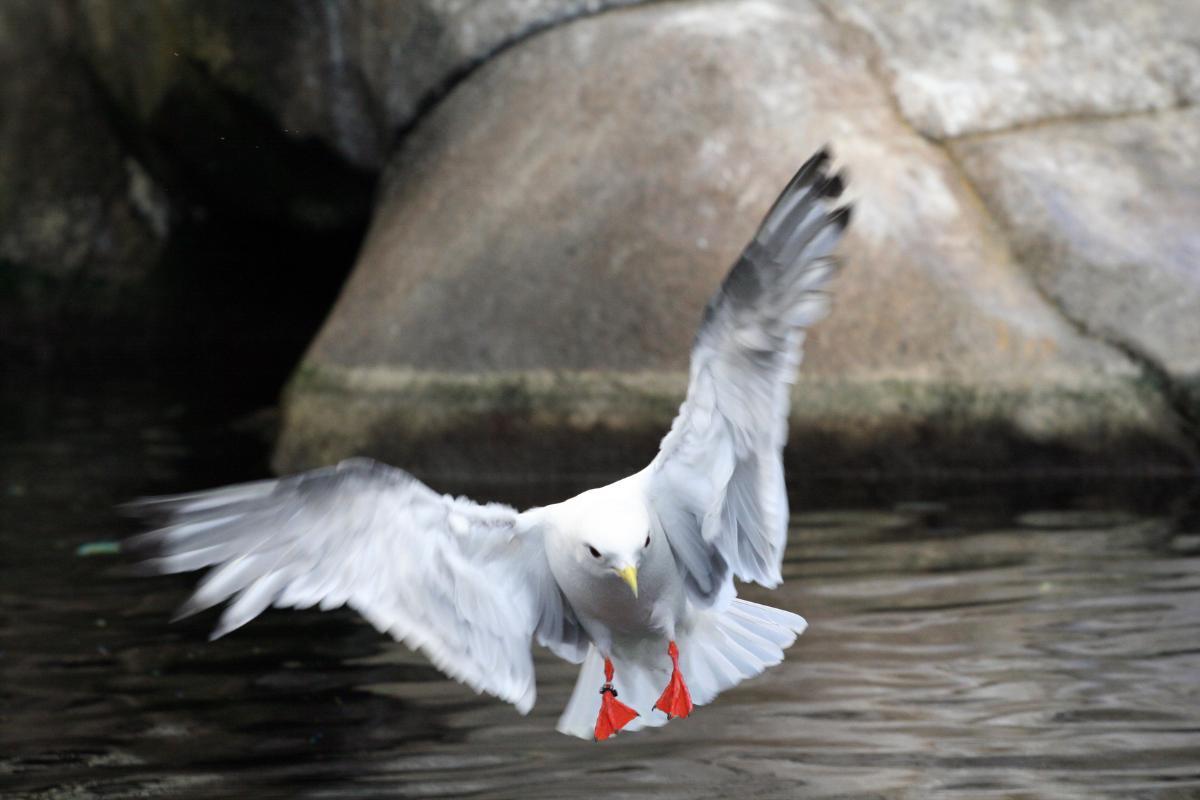Different Types of Seagulls - Sea Gull Types


Although we may have a clear impression of what is a seagull, the term is an informal name for various types of bird. All are grouped in the order Laridae, but there is much taxonomic controversy over which birds should be considered sea gull types. There are around 50 species of gull which can be found in various genera within the suborder Lari. While there are many differences between various seagull species, there are certain key characteristics. These include gray or white bodies with dark markings, webbed feet and high intelligence. It is this intelligence which has helped certain seagull species adapt well to living in human settlements.
At AnimalWised, we look at 10+ different types of seagulls. We provide information on each species we share, as well as photos of what they look like to use as a comparison of sea gull types.
Gulls of the genus Larus
At one point, all the birds considered a type of seagull were included in this genus. It has since been discovered that many of these birds have different evolutionary origins, so we consider birds from other genera to also be types of gulls. Some birds have changed taxonomic classification and moved to different genera. The fact that some birds hybridize has also further complicated the classification of different sea gull types.
Gulls of the genus Larus have a worldwide distribution. Not only are they the most diverse genus of sea guls, they also have the greatest species diversity of any animal in the Northern Hemisphere. They are considered medium to large birds with a gray or white body and black markings. This is the plumage common to most gulls. There are 25 individual species in the genus Larus which include:
Pacific gull (Larus pacificus)
Although most seagulls live in the Northern Hemisphere, the Pacific gull is endemic to Australia. It has two subspecies, L. p. pacificus and L. p. georgi. This gull is large, measuring up to 26" (66 cm) in length and with a wingspan up to 62" (157 cm). They typically weigh around 2.2 lb (1 kg). Its plumage is dark gray on the back and wings, with wide feathers on face and undercarriage.
Pacific gulls have a distinctive red-tipped bill which is thicker than most other seagull species. As with most other types of seagull, they are a type of carnivorous bird and live around the coast.
Common gull (Larus canus)
Also known as the sea mew, this species of gull has a very wide distribution. It is common in North America, Europe and Asia, but can also be found in North Africa. It is a species with migratory and marine habits, but some live further inland away from large bodies of water. Many of this species are migratory birds.
European herring gull (Larus argentatus)
This is the most common sea gull type in Europe, with an increasing presence in the United Kingdom and Ireland. They are larger than the common gull and have become increasingly interactive with humans. They have even been known to take food out of people's mouths when eating near the sea. Their large size means they are fearful predators to smaller birds. Pigeons are common prey since they both often share space in urban environments.

Kelp gull (Larus dominicanus)
We have seen seagulls from the genus Larus which are common in the Northern hemisphere, but the kelp gull is typical of the Southern Hemisphere. Populations can be found in South America, sub-Antarctic islands, southern Australia, New Zealand, South Africa, Madagascar and the northern coasts of Brazil and Ecuador. They have even been vagrant individuals spotted as far as Trinidad and Tobago and Panama.
It is mainly non-migratory, with a few exceptions. The wingspan is between 50 to 56" (128 to 142 cm), the average size is 23.6" (60 cm), while the weight is around 2.2 lb (1 kg). The head and undercarriage is white. The back plumage is black with a white band on the tail. It is a very common bird and considered of least concern in terms of conservation.

Little gull (Hydrocoloeus minutus)
This is the only species of the genus Hydrocoloeus, although some taxonomists include it in the genus Larus as Larus minutus. It is also the smallest type of seagull in the world. They measure up to 11.8" (30 cm) in length and have an average weight of around 4 oz (115 g). They have markedly migratory habits with their greatest distribution in Europe and Asia. They can also be found in the some lakes of the United States.
The head of the little gull is usually hooded in black, but this can vary seasonally. The body is a combination of gray and white, with some pink on the breast. Like the previous different types of seagulls, it is classified in the category of Least Concern.
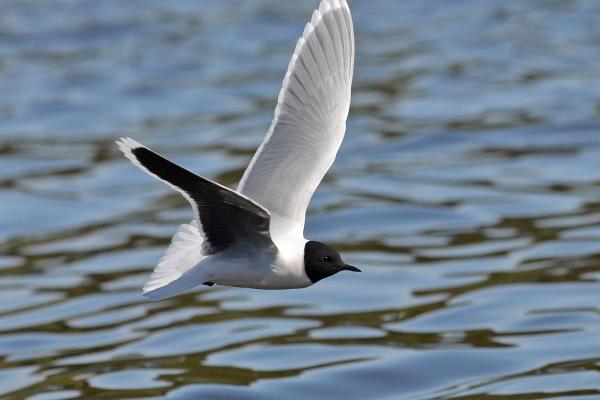
Ivory gull (Pagophila eburnea)
The ivory gull is also the only species in its genus, this time known as Pagophila. It has a circumpolar distribution around Canada, Denmark, Norway and Russia. Since it has migratory habits, it will occupy various places in this area. It measures around 17" (43 cm). It is peculiar among the different types of seagulls. As you can see in the photo, its plumage is very similar to a white dove with a blue beak and black legs.
This is a Near Threatened species of gull, mainly due to climate change affecting the levels of sea ice. They depend on sea ice for breeding and hunting. Contamination by heavy metals and other chemicals, as well as hunting, are also estimated to have affected population size.

Ross's gull (Rhodostethia rosea)
Another type of seagull with its own genus, the Ross's gull is distributed throughout Canada, Greenland, the United States of America and Russia. Some of these areas have a non-breeding presence, depending on the point of migration. It also has some vagrant populations in parts of Europe and Asia.
Depending on the season, this type of gull has varying plumage. It is always gray and white, but the photo below shows a Ross's gull in breeding season with a slightly pink chest and a black ring around the neck. These latter patterns are lost when not in breeding season. They are a small sea gull type, comparable in size to the little gull. They are of least concern in terms of conservation.
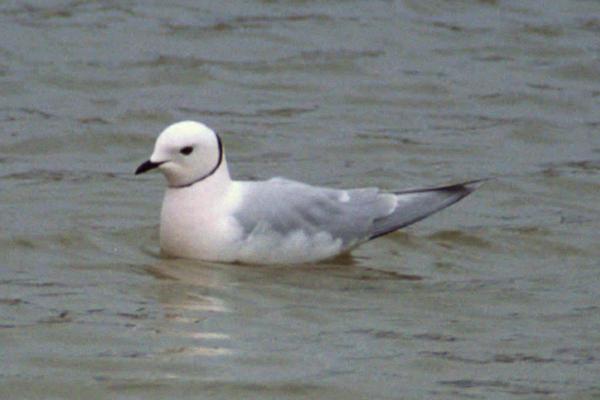
Sabine's gull (Xema sabini)
Also in its own genus, they are found in the Arctic, North America, Europe and Asia. In winter, this type of migrating seagull goes south to Peru, Ecuador and Africa. It is a small type of seagull, averaging around 11.8" (30 cm) in length and 0.4 lb (180 g) in weight. As shown in the photo, they have the gray and white plumage common to many gulls, but also have a distinctive black and white pattern on the tail and black hood in the breeding season. This makes them one of the most beautiful seagulls.
Check out some other types of birds with our article on the different types of swans.

Swallow-tailed gull (Creagrus furcatus)
Another single-genus seagull, the swallow-tailed gull mainly reproduces in Ecuador and Colombia. Outside of this season it is distributed in a habitat which ranges from Ecuador to Chile, but it can also be seen in Costa Rica and Panama. In the breeding season, the head becomes black and they have a more evident red border around the eye. The head will turn white after the breeding seasons, but the body remains gray. The photo depicts them during breeding season.

Kittiwakes (Rissa)
This genus of seagulls comprises two species, the black-legged kittiwake (Rissa tridactyla) and the red-legged kittiwake (Rissa brevirostris). The first is typical of the North of Canada, the United States, Russia and China. The wingspan reaches about 41" (105 cm) with an average length of 15" (39 cm) and a weight of 0.9 lb (415 g). The body is white and the back is gray with black tips. The legs are mainly black, but can vary to gray or pink .
The photo below depicts the red-legged kittiwake. It has a distribution limited to Asiatic Russia and the United States, but also can be found in Canada during the non-breeding season. On average it measures 21" (54 cm) in length and weighs a few grams more than the blak-legged kittiwake. Its plumage is gray and white, with red legs as their name suggests.
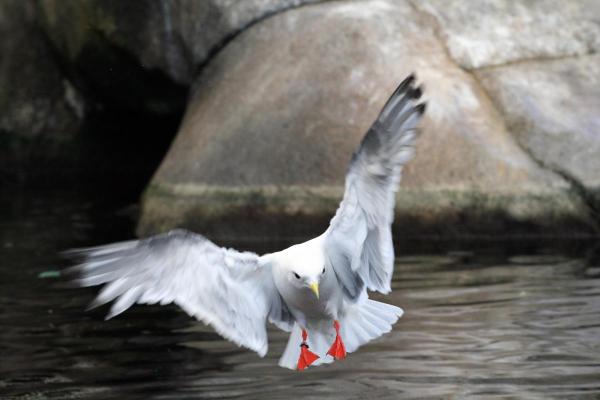
Saunders's gull (Saundersilarus saundersi)
It is also known as the Chinese black-headed gull. They can be found in China and other parts of Asia such as Japan, Korea, Vietnam and Russia. It is a type of small gull, measuring about 13" (33 cm). For the reproductive season, the adults have a black cap, which is later lost. The photo depicts a Saunder's gull in non-breeding season. It is classified as Vulnerable, due to the changes in sea ice and some restrictions regarding food.
Seagulls are not a domesticated species, despite their habitats near human settlements. If you want to learn about domestic avian species, check out our list of different pet birds.

If you want to read similar articles to Different Types of Seagulls - Sea Gull Types, we recommend you visit our Facts about the animal kingdom category.
- Birdlife. (2023). Laridae. Retrieved from: http://datazone.birdlife.org/quicksearch?qs=Gulls
- Myers, P., Espinosa, R., Parr, C. S., Jones, T., Hammond, G. S., & Dewey, T. A. (2023). Animal Diversity website. Retrieved from: https://animaldiversity.org/search/?q=larus&feature=INFORMATION
- IUCN. (2022). The Red List of Threatened Species. Retrieved from: https://www.iucnredlist.org/






